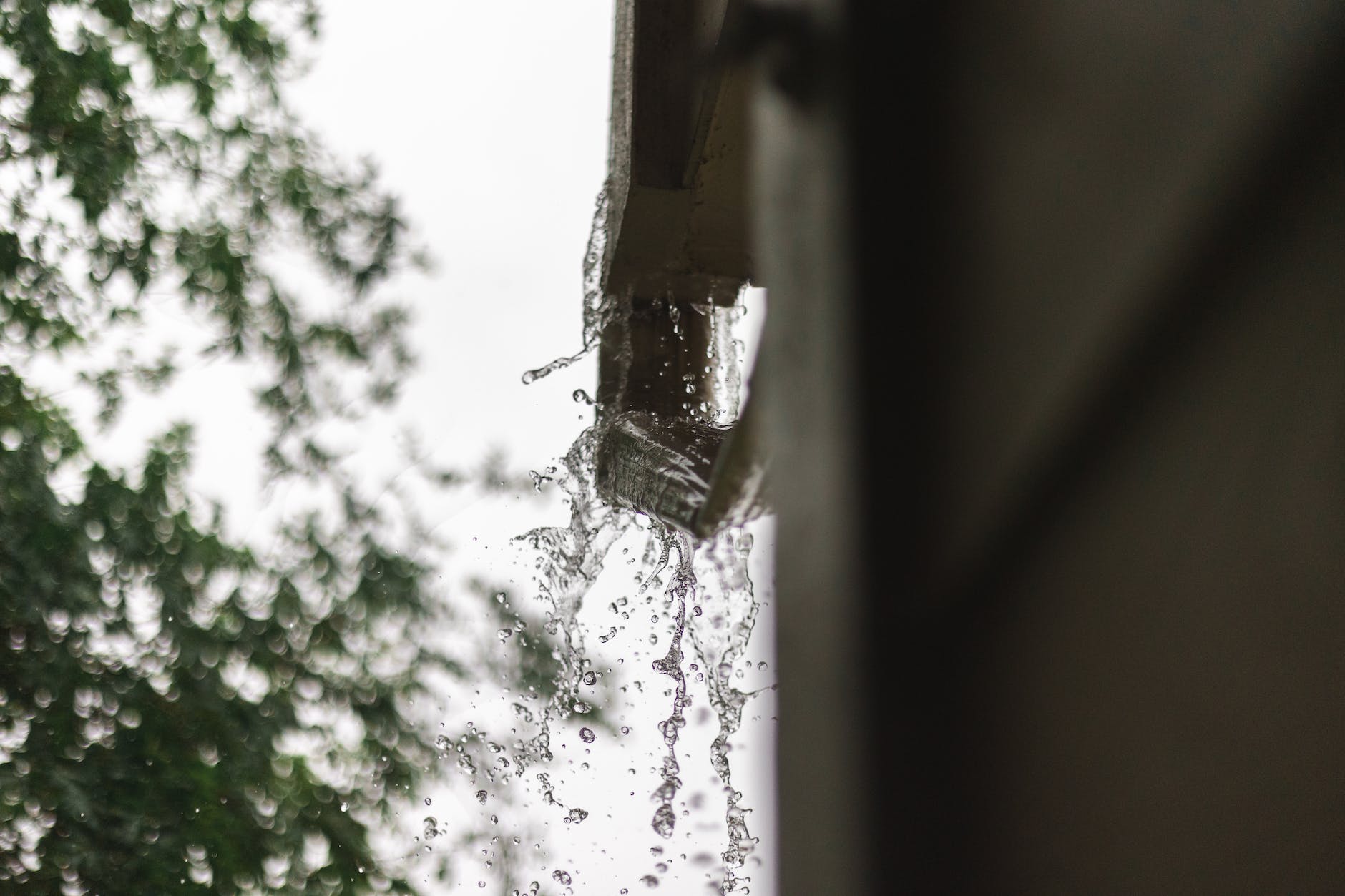Are you considering entering the world of entrepreneurship to start a dry cleaning business?
This venture can be profitable and rewarding due to the continuous demand for clothing care services.
As the fashion industry evolves and people’s lives become busier, the need for efficient and high-quality dry-cleaning solutions continues to rise.
In this guide, we’ll take you through the essential steps to s a dry-cleaning business, building a foundation that ensures your services meet and exceed customer expectations.
If you’re thinking of starting a cleaning business or want to expand your list of services, check out our guide on 55 types of cleaning businesses!
Market Research and Planning
Understanding the Dry-Cleaning Industry
Begin by conducting thorough research into the dry-cleaning industry. Understand its trends, growth prospects, and challenges.
Study consumer preferences and behaviours related to dry cleaning services.
This knowledge will help you tailor your services to meet market demands effectively.
Identifying Your Target Market and Competitors
Define your target audience based on demographics, location, and preferences.
Identify your competitors, both local and potentially online.
Analyze their strengths and weaknesses to develop strategies that set your business apart.
Crafting a Business Plan
A well-structured business plan is essential for securing funding, guiding your operations, and showcasing your business’s potential to stakeholders.
Include your business goals, mission statement, service offerings, target market analysis, marketing strategies, financial projections, and growth plans.
A solid business plan acts as a roadmap for your business’s success.
Legal Formalities and Business Setup
Choosing a Suitable Business Structure
Select a legal structure for your dry-cleaning business.
Standard options include sole proprietorship, limited liability company (LLC), partnership, or corporation.
Each structure has legal and tax implications, so choose one that aligns with your business goals.
Registering Your Dry-Cleaning Business
Please register a unique and relevant business name with local or state authorities.
This step ensures that your business is legally recognized and can operate under its chosen name.
Obtaining Necessary Licenses and Permits
Check with local, state, and federal agencies to identify the licenses and permits required to operate a dry-cleaning business in your area.

These might include business licenses, health permits, and environmental permits. Ensure compliance to avoid legal issues down the line.
Location and Equipment
Selecting an Optimal Location
Choose a location that is easily accessible to your target market and strategically positioned to attract foot traffic.
Consider factors such as visibility, proximity to residential areas, and competition.
A convenient location can significantly impact your business’s success.
Acquiring and Setting Up Necessary Equipment
Invest in high-quality dry-cleaning equipment, including dry-cleaning machines, pressing equipment, and garment racks.
The quality of your equipment directly affects the quality of your services.
Work with suppliers who provide reliable machinery and offer maintenance services.
Ensuring Compliance with Safety Regulations
Adhere to safety regulations and guidelines in handling chemicals, operating equipment, and maintaining a safe environment for your employees and customers.
Implement proper training to ensure that everyone understands safety protocols and emergency procedures.
Supplies and Eco-Friendly Practices
Sourcing High-Quality Cleaning Solvents and Products
Partner with reputable suppliers to source high-quality cleaning solvents, detergents, and other products.
Quality cleaning agents contribute to the effectiveness of your services and ensure customer satisfaction.
Exploring Eco-Friendly and Sustainable Cleaning Options
Consider offering eco-friendly cleaning options to appeal to environmentally conscious customers.
Explore alternatives to traditional chemicals, such as wet cleaning methods and biodegradable detergents.
Incorporating green practices can set your business apart and contribute to a positive image.
Staffing and Training
Hiring Skilled and Reliable Employees
Recruit employees with a strong work ethic, attention to detail, and excellent customer service skills.
Dependable and trustworthy staff members contribute to the reliability and reputation of your dry-cleaning business.
Providing Training in Dry Cleaning Techniques and Customer Service
Invest in comprehensive training programs for your employees.
Ensure they are well-versed in dry cleaning techniques, garment care, stain removal, and customer interaction.
Well-trained staff can enhance the quality of your services and foster positive customer experiences.
Services Offered
Defining Your Range of Services
Determine the scope of services you’ll offer, including dry cleaning, laundry, alterations, repairs, and more.
Tailor your services to match the preferences and needs of your target market.
Offering a variety of services can attract a broader customer base.
Pricing Strategies and Competitive Rates
Establish competitive pricing that reflects the quality of your services, overhead costs, and the local market.
Consider pricing strategies such as flat rates, per-item pricing, or bundled service packages.
Transparent and fair pricing can build trust with your customers.
Marketing and Branding
Creating a Compelling Brand Identity
Craft a memorable brand identity that aligns with your business values and resonates with your target audience.
Design a distinctive logo, choose a consistent colour palette, and create brand guidelines that maintain a cohesive image across all platforms.
Developing a Marketing Plan
Create a comprehensive marketing plan outlining your online and offline promotion strategies.
Utilize channels such as social media, local advertising, direct mail, and partnerships with complementary businesses.
Utilizing Social Media and Local Advertising
Leverage the power of social media platforms to engage with potential customers, share valuable content, and showcase your services.
Invest in local advertising methods like flyers, community events, and collaborations with local businesses to enhance your visibility.
Customer Service and Quality Control
Building Strong Customer Relationships
Prioritize exceptional customer service to foster loyalty and repeat business.
Treat each customer interaction as an opportunity to build a lasting relationship.
Address their needs, offer personalized recommendations, and appreciate their patronage.
Implementing Quality Control Measures
Establish rigorous quality control processes to ensure that garments are thoroughly cleaned, pressed, and inspected before returning to customers.
Consistency in the quality of your services is critical to building trust and reputation.
Handling Customer Feedback and Addressing Concerns
Create a feedback loop with your customers.
Please encourage them to provide feedback on their experiences and promptly address any concerns or complaints.
A proactive approach to resolving issues demonstrates your commitment to customer satisfaction.
Technology Integration
Exploring Dry Cleaning Software for Efficient Order Management
Consider implementing dry cleaning software to streamline order management, appointment scheduling, and customer communication.
Such software can help optimize your operations and improve customer experience.
Setting Up Online Booking and Tracking Systems
Offer online booking options to allow customers to schedule appointments conveniently.
Implement tracking systems that allow customers to monitor the status of their orders, enhancing transparency and communication.
Expansion and Growth
Monitoring Business Performance and Financial Health
Effectively monitoring your dry-cleaning business’s performance and financial health is crucial for making informed decisions and ensuring long-term success.
Here’s how to navigate this aspect:
Financial Tracking and Analysis
Keep accurate records of your business’s financial transactions, including income, expenses, and profits.
Regularly review financial statements and reports to assess your business’s financial health.
This information can help you identify areas of improvement and make informed financial decisions.
Key Performance Indicators (KPIs)
Identify relevant KPIs for your dry-cleaning business, such as average order value, customer retention rate, and profit margins.
Track these metrics over time to gauge the effectiveness of your strategies and identify areas that require attention.
Budgeting and Forecasting
Develop a budget that outlines your expected expenses and income for a defined period.
Regularly compare actual results against your budget to assess your financial performance.
Use forecasting to anticipate future trends and plan accordingly.
What is the Cost to Start a Dry Cleaning Business?
The cost to start a dry cleaning business can vary significantly depending on location, size, equipment quality, and services offered.
Expenses may include equipment purchase or lease, store setup, permits, licenses, supplies, staffing, marketing, and working capital.
A rough estimate could range from a few thousand to several hundred thousand dollars.
Can I Use Google Business Listings to Promote My Dry Cleaning Business?
Yes, absolutely! Utilizing google business listings for cleaning can significantly boost the visibility and promotion of your dry cleaning business. With millions of users searching for local services on Google every day, having an optimized and up-to-date listing can attract potential customers, showcase your services, and provide essential information such as operating hours and contact details. Make the most of this powerful tool to enhance your online presence and attract new clientele.
Pros and Cons of Starting a Dry Cleaning Business
Pros
- Steady demand for clothing care services.
- Opportunity for high-profit margins.
- Potential for repeat customers and customer loyalty.
- Ability to diversify services (laundry, alterations, etc.).
- A local business with potential community involvement.
Cons
- The initial investment in equipment and setup.
- Competition from established dry cleaners.
- Need for continuous quality control and customer service.
- Environmental and safety regulations for chemical use.
- Potential reliance on seasonal business fluctuations.









3 comments